DOL Fee Disclosure Regulations – Some Observations
By this time, you likely have read much about the Department of Labor’s new fee disclosure regulations issued in July. These “interim final” regulations continue the DOL’s initiative to ensure that there is adequate disclosure relating to retirement plans to ensure that plan fiduciaries and participants have enough information to make knowledgeable decisions regarding the fees being paid under retirement plans.
There are three “prongs” to the DOL’s fee disclosure initiative. The first prong deals with disclosure to the government and was addressed under the new disclosure requirements under the Form 5500, Schedule C. The interim final regulations relate to the second prong – disclosures to plan fiduciaries so they can fulfill their fiduciary responsibilities in assessing the reasonableness of contracts and arrangements associated with their plans. The final prong, which DOL is still developing, will deal with disclosures to plan participants.
ASC and ASCi continue to study and analyze the new disclosure regulations. This article will only summarize the regulations and will not attempt to fully explain the rules. (Unfortunately, the rules are so specific that each service provider will need to independently assess the impact on their firms and their disclosure obligations.) The article will include a few observations and comments on the regulations. Many unanswered questions remain. Hopefully, clarifications will be forthcoming in other DOL guidance and the “final” regulations.
Here is a brief summary of the new “interim final” regulations.
So that’s pretty straightforward, right? Unfortunately, the impact for many plan sponsors is unclear. Still, we believe many plan sponsors are impacted and must assess the impact and means by which they intend to comply with the disclosure requirements.
Here are a few observations and comments:
When do I need to comply with the regulations? DOL issued the regulations as “interim final” regulations, with an effective date of July 16, 2011. The “interim” designation meant that the DOL provided a comment period on the regulations (which has now closed). The DOL will issue the regulations as “final” at some future date. Many commentators do not believe that the DOL will be able to finalize the regulations before July 16, 2011 and are asking for an extension of the effective date. That may happen, but we recommend that you plan to comply by July 16, 2011, which may require you to revisit items such as service agreements with your clients.
How does the $1,000 threshold apply? The regulations apply if a “covered service provider” offers one or more “covered services” to a “covered plan.” However, if the covered service provider reasonably expects to receive less than $1,000 in direct or indirect compensation, it is exempt from the disclosure requirements. The regulations do not specify a measurement period for this $1,000 threshold. Unfortunately, it appears as though you need to apply the threshold to the duration of the contract or arrangement. This means that few firms will be able to use the $1,000 threshold as a means of avoiding the regulations.
Does my firm need a new contract with our clients? Maybe. While the regulations do not require a formal written contract, the disclosures must still be in writing. At the very least, you will need to review your client service agreements and other written documents describing your responsibilities and fees. As a practical matter, a clear written contract (e.g., service agreement) will help clarify the client relationship.
What connection do these regulation requirements have to the Schedule C disclosure requirements? On its face, it looks like there is a close connection because the regulations use many of the same terms as the instructions to the Form 5500, Schedule C. However, the regulations do not specifically discuss the connection between the regulations and Schedule C requirements. During the comment period for the interim regulations, many commentators asked the DOL to more closely tie the disclosure requirements together. Many firms were hoping to comply with both disclosure requirements using a single annual disclosure communication with their clients. This may happen, but one problem is that the Schedule C disclosures are retroactive and the regulation requirements are prospective. We would not count on the DOL providing much relief in this area.
Do the regulations apply to owner-only plans? This is unclear. It appears that such plans are exempt since the regulation only applies to “pension plans” under ERISA. Owner-only plans generally do not include “employees” and are not included in the definition of a pension plan. Still, it would be nice to see a clarification on this.
Do the regulations apply to 403(b) plans? As written, the interim final regulations impact 403(b) plans that are covered by Title I of ERISA. This may be problematic since many service providers for 403(b) plans will have difficulty figuring out to whom (i.e., plan fiduciaries) they need to provide the disclosure information. DOL has received comments asking for some type of relief for 403(b) plans.
What happens if I do not comply? If you are a “covered service provider” and do not comply with your disclosure responsibilities under the regulation, you may be subject to excise taxes as a “disqualified person” participating in a prohibited transaction. This is the “hammer” that the DOL puts on the service providers to ensure compliance. One concern among service providers is that plan fiduciaries, in an attempt to satisfy their responsibilities under the regulation, will blanket service providers with disclosure requests. Then, if the service provider does not respond as the fiduciary expects, the fiduciary can notify the DOL of the service provider’s delinquent or non-disclosure. Now the service provider will need to explain any lack of response both to the fiduciary and the DOL.
ASC and ASCi will update clients as more information becomes available. In the meantime, we suggest you read the interim final regulation (only 4 pages long) and the preamble to the regulation (36 pages long) to assess how they impact your firm.
- The regulation applies to defined contribution and defined benefit pension plans and focuses on the disclosure of the direct and indirect compensation certain service providers receive.
- The regulation applies to plan service providers that expect to receive at least $1,000 in compensation in connection with their services and that provide:
- Certain fiduciary or registered investment advisory services;
- Recordkeeping or brokerage services to a participant-directed individual account plan in connection with the investment options made available under the plan; and
- Certain other services for which indirect compensation is received.





